Lower East Sides
Portraits that find Manhattan’s Lower East Side in 1980 and 2010 showing different faces—blight, renewal, and the pursuit of hipsterdom—and also many things that (thankfully) never change.
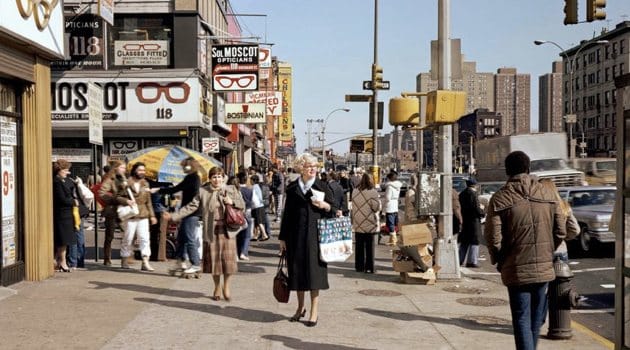
Brian Rose’s new book, Time and Space on the Lower East Side, portrays the streets of southern Manhattan in both 1980 and 2010 with luscious, composed portraits.
We previously spoke with Brian Rose about his work collected in his book The Lost Border from behind the Iron Curtain.
In the new book he’s assembled pictures shot by him and photography Ed Fausty around New York City that show more than just the “then and now” of 30 years passing—this is documentation of a city’s lifecycle. Read the interview ↓
All images used with permission, © copyright the artist, all rights reserved.
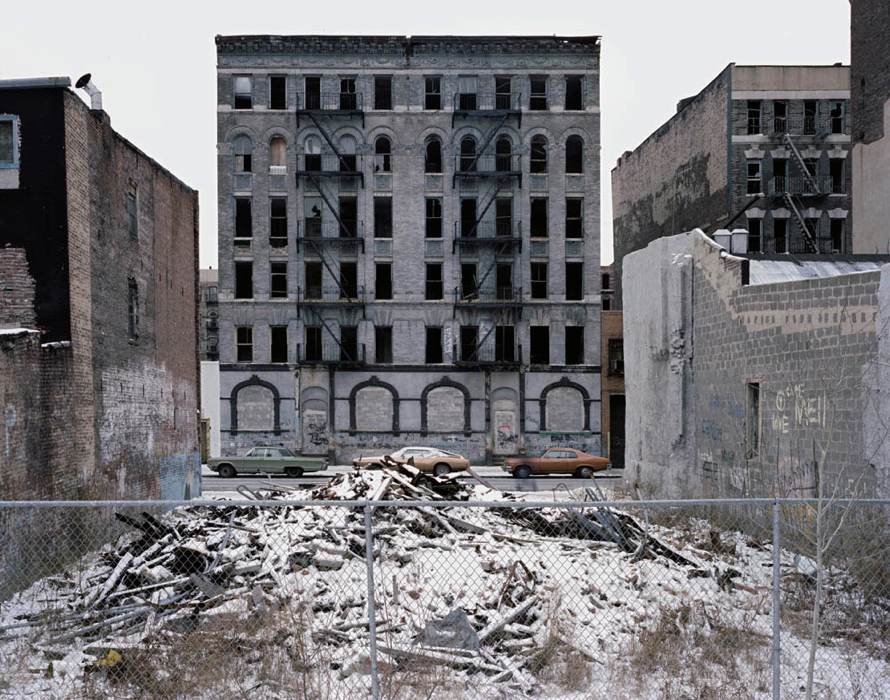
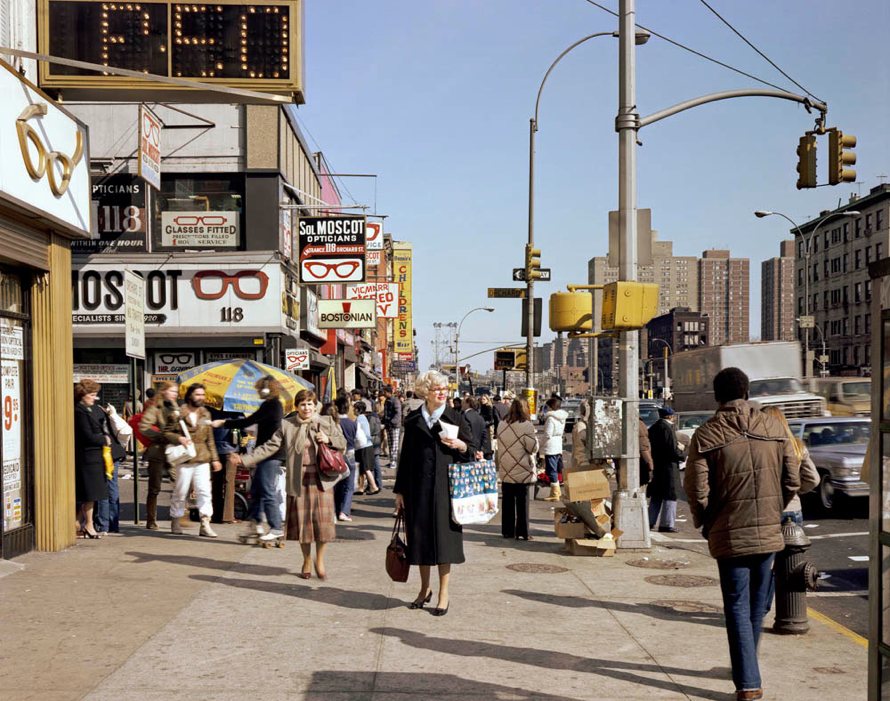
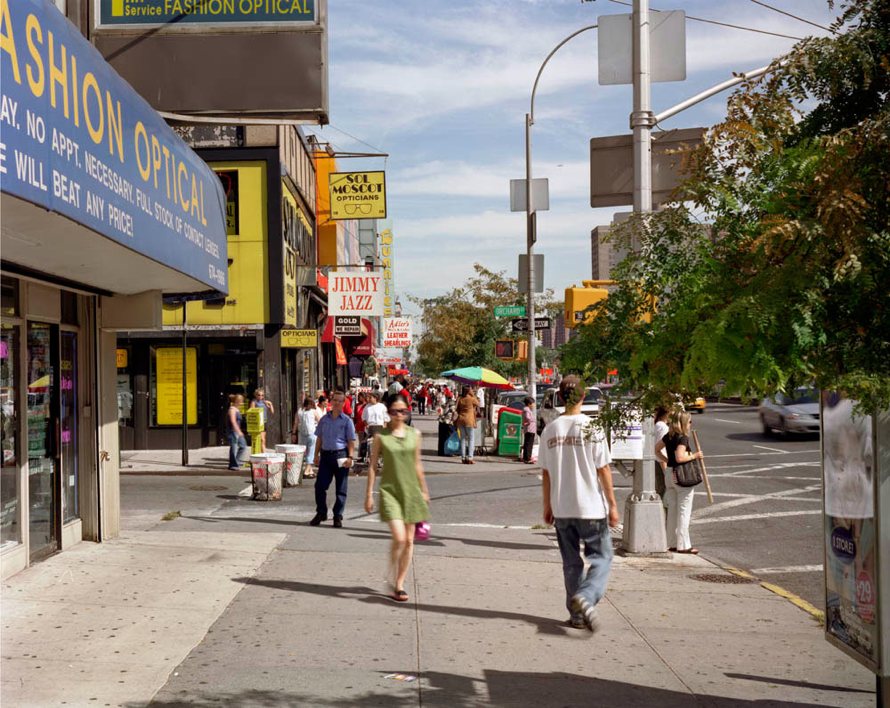
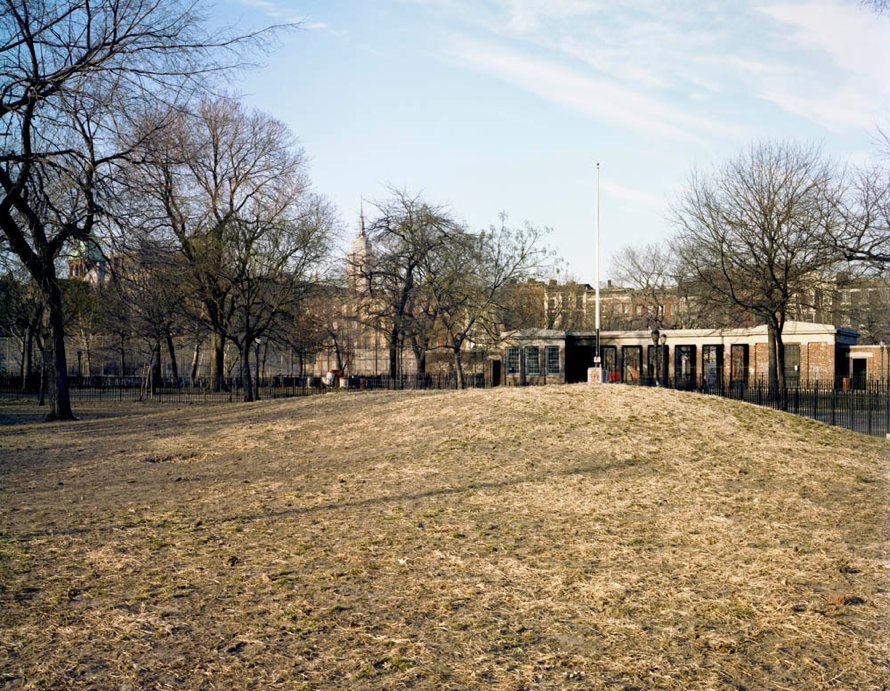
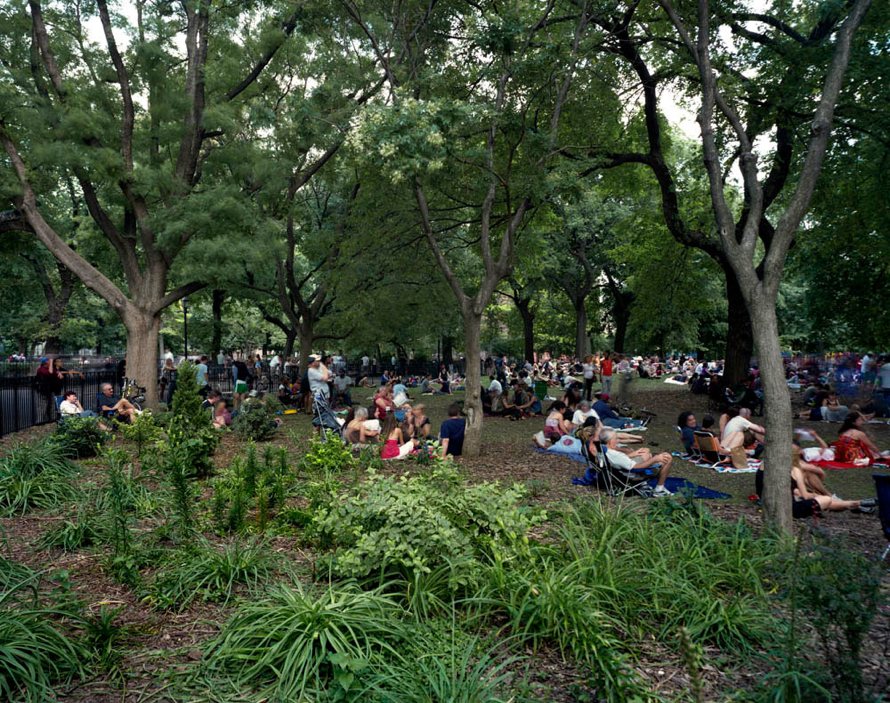
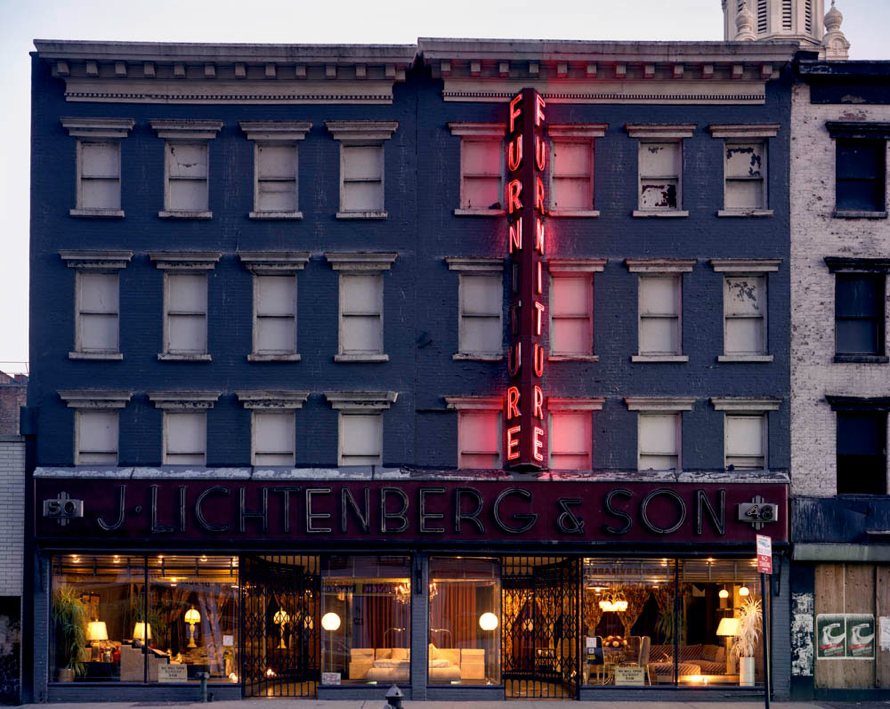
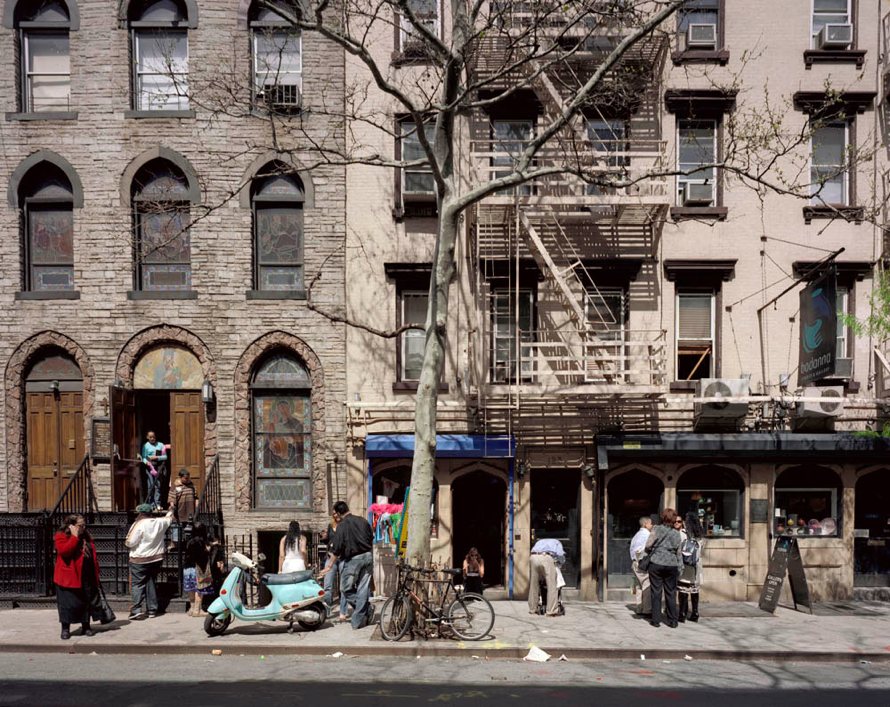
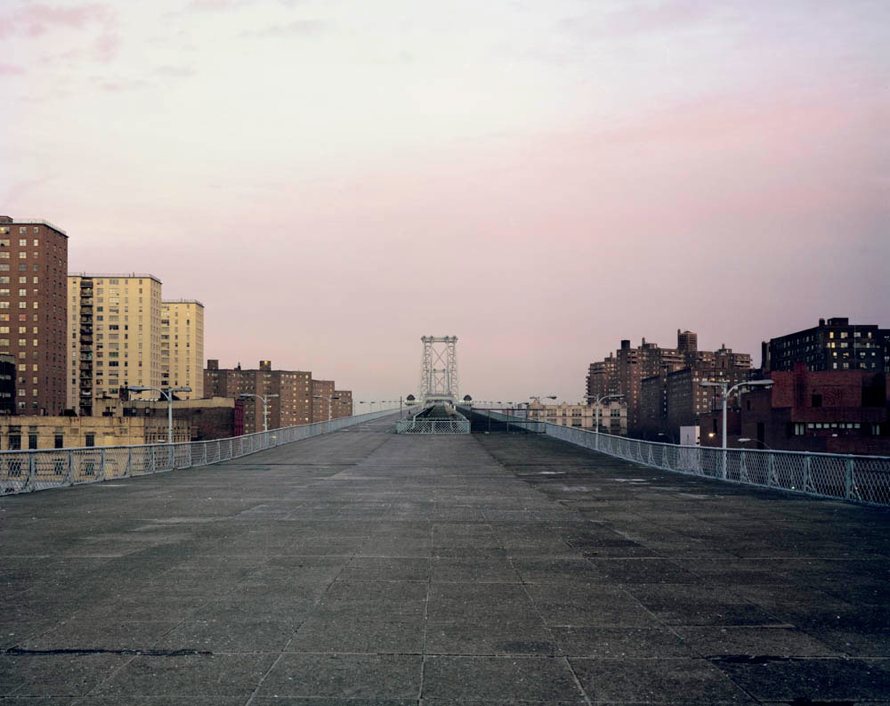
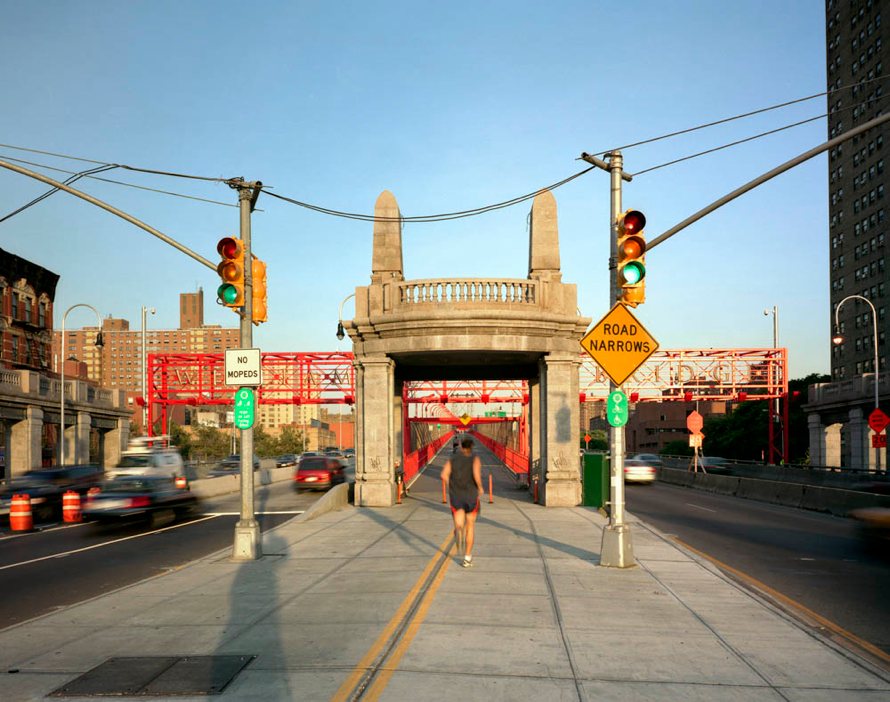
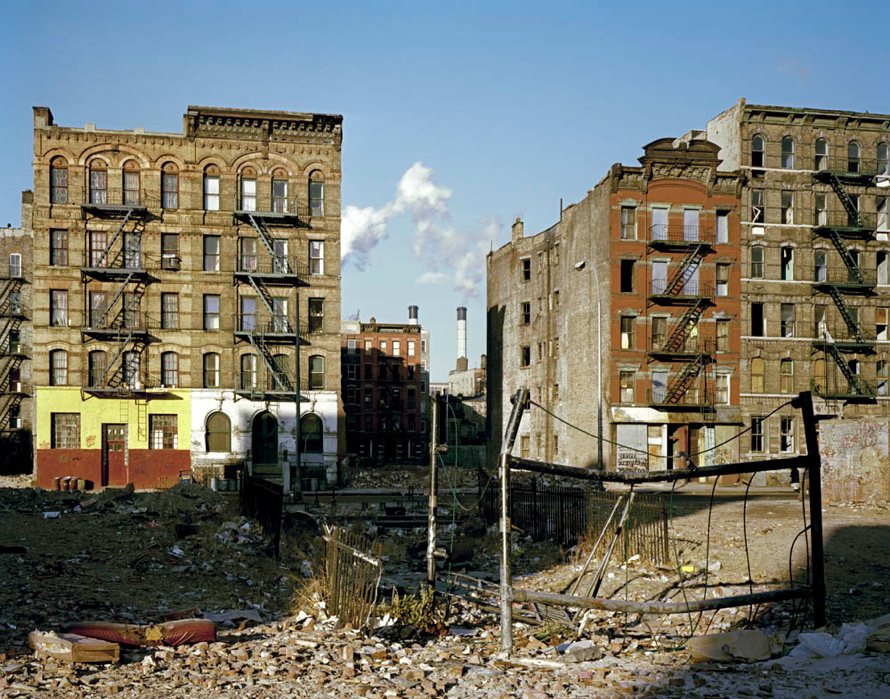
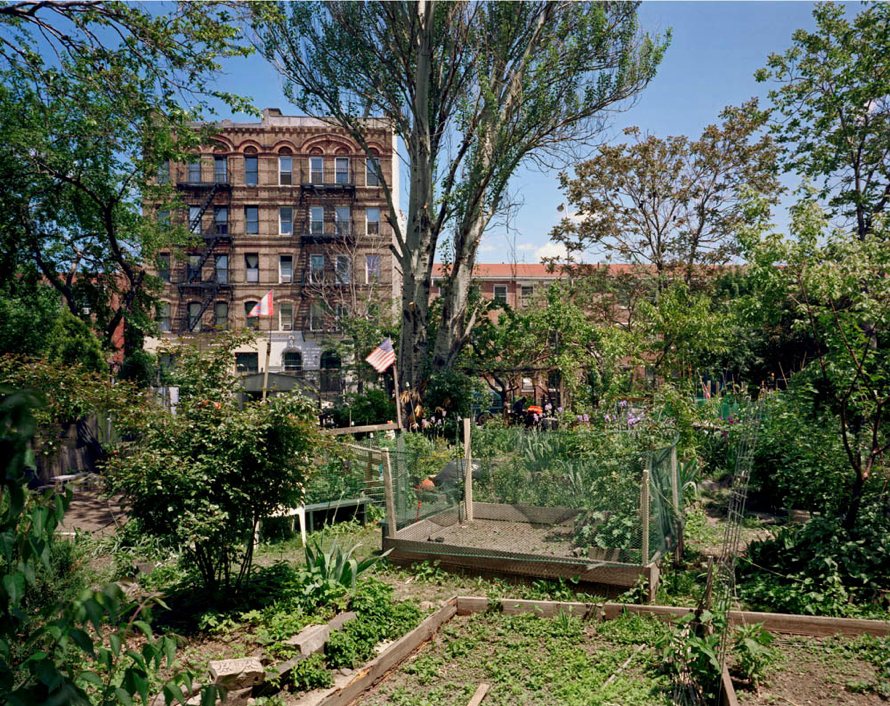
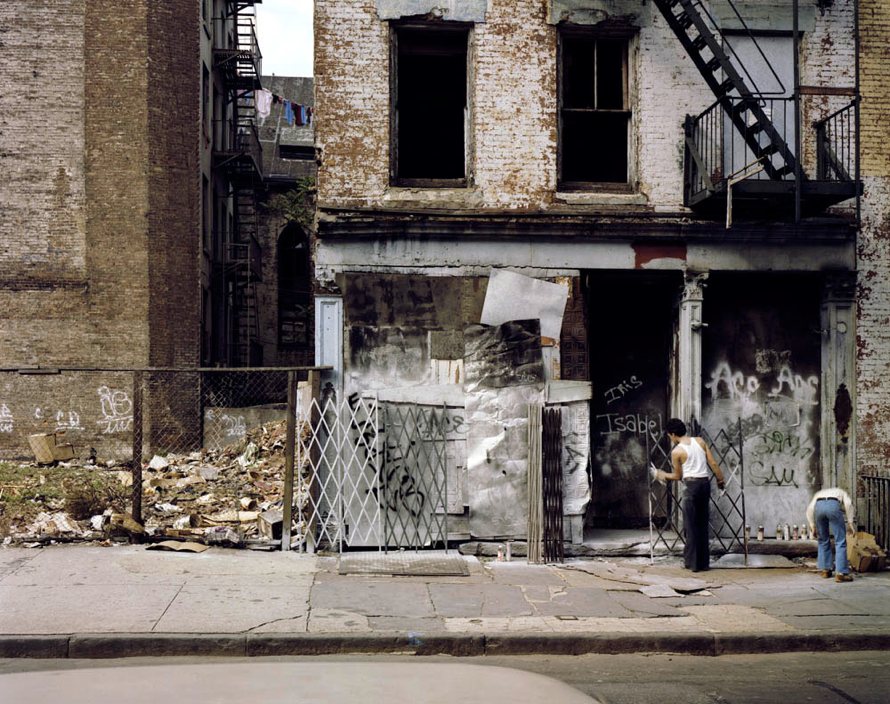
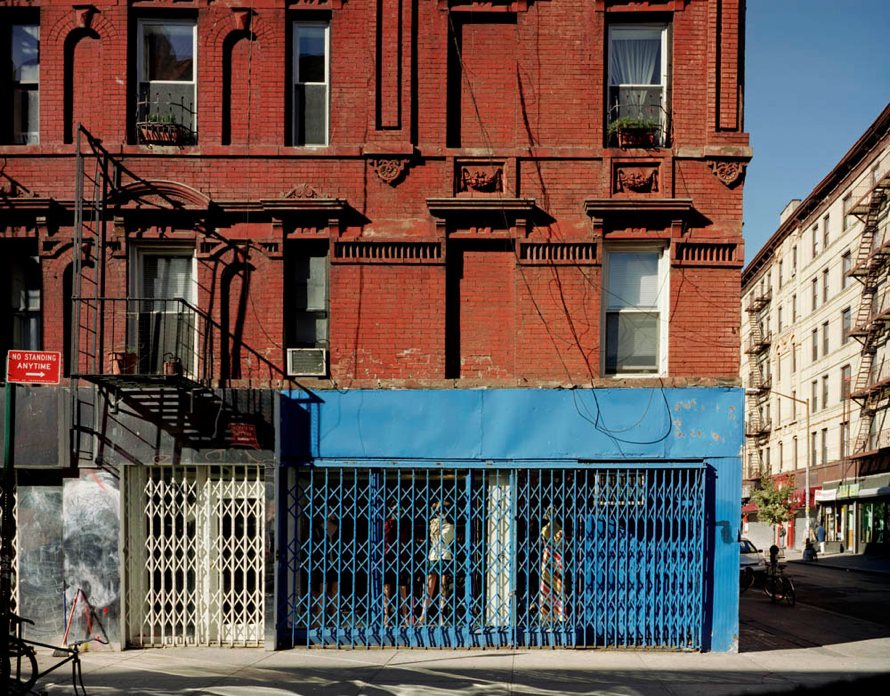
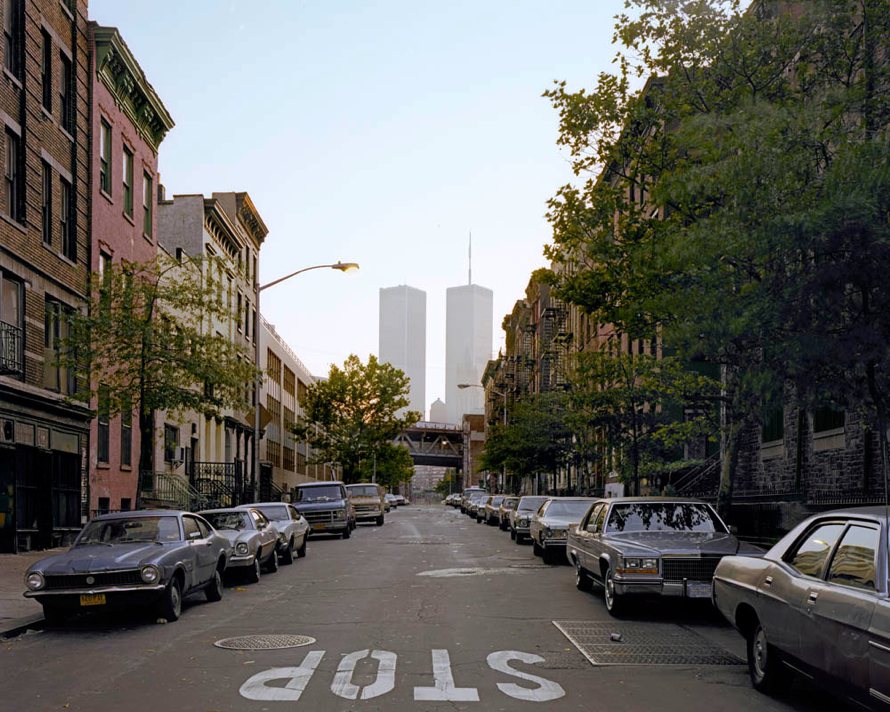
Artist interview
TMN: What’s your favorite time of day for light?
Brian Rose: Any time of the day. Late afternoon is most beautiful, and I’m seduced by it as much as anyone. But my photographs are not about chasing the light, and some of the best of them were made under dead cloudy skies.
TMN: What do you order in a diner?
Brian Rose: A burger and fries.
TMN: What will the Lower East Side look like in 30 years from now?
Brian Rose: Despite the crop of new buildings going up now, most of the tenements and housing projects will remain. The big question is where will we be as a society and a city in 30 years. Although it’s hard to imagine things returning to the state they were in 30 years ago, we live in perilous economic times.
TMN: What bores you?
Brian Rose: Nostalgia and sentimentality. Let’s move on.
TMN: Whom do you admire in the history of the view camera?
Brian Rose: Although Evans was the first view camera photographer I came to admire—I actually went to a slide lecture he gave in the mid-70s—I feel a stronger connection to Eugene Atget, who photographed Paris early in the 20th century.
Atget documented a world that was rapidly disappearing, but his images remain timeless. They are factual documents suffused with an air of mystery.
TMN: Do you have animals?
Brian Rose: No.
TMN: Do you nap?
Brian Rose: I’m a master of the 10-minute nap.
TMN: Are the forces of nature in Lower Manhattan unique?
Brian Rose: In spite of all the concrete and steel, nature is always threatening to overtake the island. Stuff grows out of the rubble, either tamed in urban gardens or sprouting from cracks in the sidewalk. It’s ultimately a losing battle, but we keep up the pretense of winning.
TMN: But isn’t New York just a big shopping mall?
Brian Rose: Shopping goes all the way back to Dutch New Amsterdam. Nothing has changed.
TMN: What was your sequencing principle in organizing the book?
Brian Rose: I wanted to undermine the easy notion of then and now. In most before/after books, the older photographs are grainy black and white or faded color. Here there’s no obvious distinction, the older pictures are as vibrant as the new ones. So, I allowed other criteria to influence the sequence—geographic, thematic, compositional, or just images that felt right together.
TMN: Favorite quality found in young people?
Brian Rose: Optimism, sometimes naiveté.
TMN: Favorite quality found in old people?
Brian Rose: I can’t remember.
TMN: What’s your favorite camera at the moment?
Brian Rose: I’m unhappy with cameras at the moment. In a perfect world I’d have a view camera with an affordable digital back that delivers the same quality as film, and a pocket camera that produces images as good as a full-sized DSLR. Neither exists.
TMN: Who in the Lower East Side does one thing very, very well?
Brian Rose: You’re supposed to say that Katz’s has the best pastrami or Russ and Daughters has the best smoked salmon. But the reality is the Lower East Side has gone haute cuisine, and the new food is better and healthier. I vote for Prune, a restaurant on East 1st Street.
TMN: What makes for good signage?
Brian Rose: Neon.
TMN: Coffee or tea?
Brian Rose: Coffee, three or four cups a day.
TMN: What would you shoot now that you would be interested to revisit in 2042?
Brian Rose: I’d like to keep going back to Berlin every few years to shoot the former no-man’s-land where the Wall once stood. I’ll be 88 in 2042, so theoretically I could still be around.
TMN: When did you know the most about yourself?
Brian Rose: Probably now, for better or worse. But I think it’s often better to forge blindly ahead.
